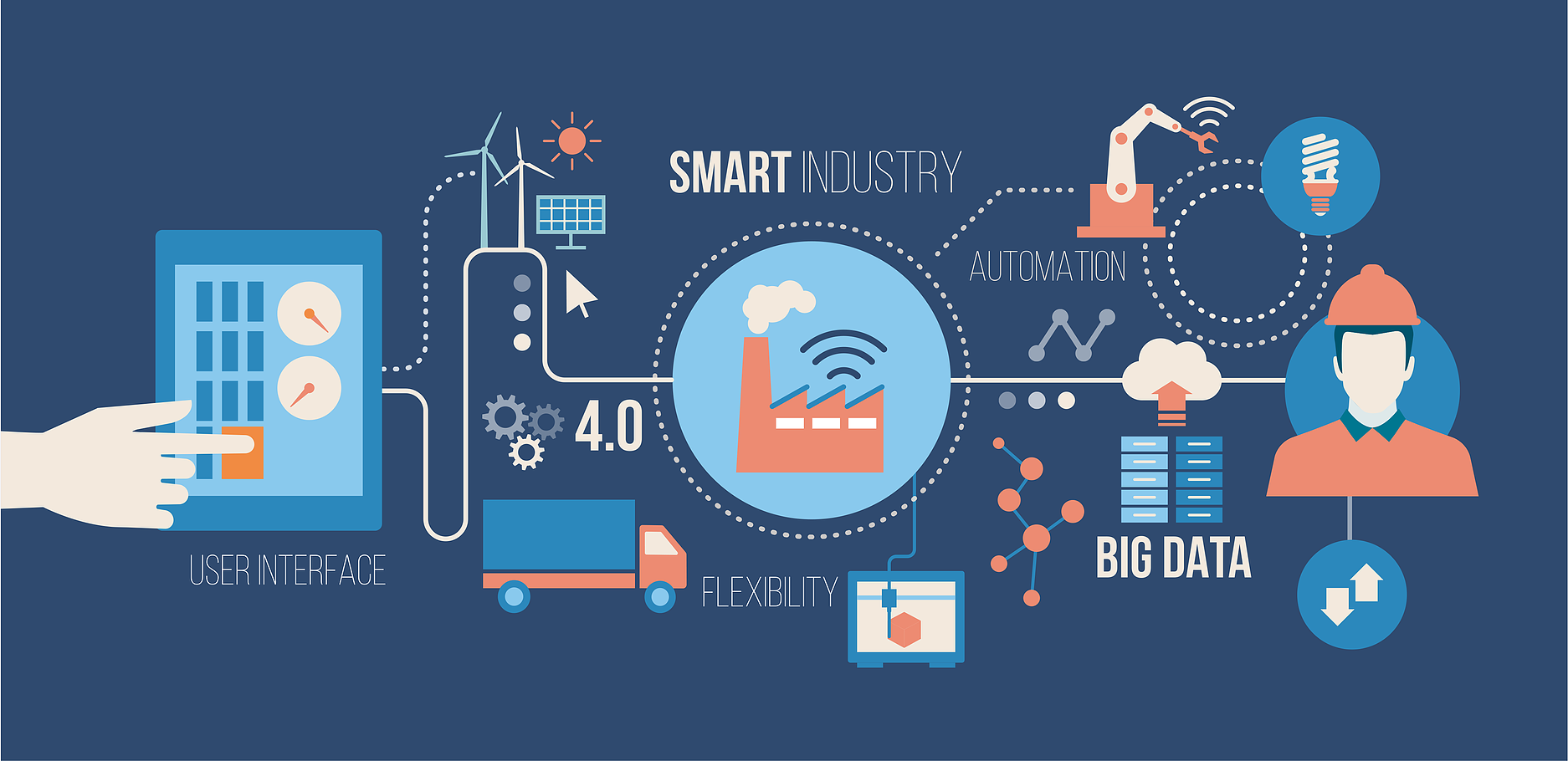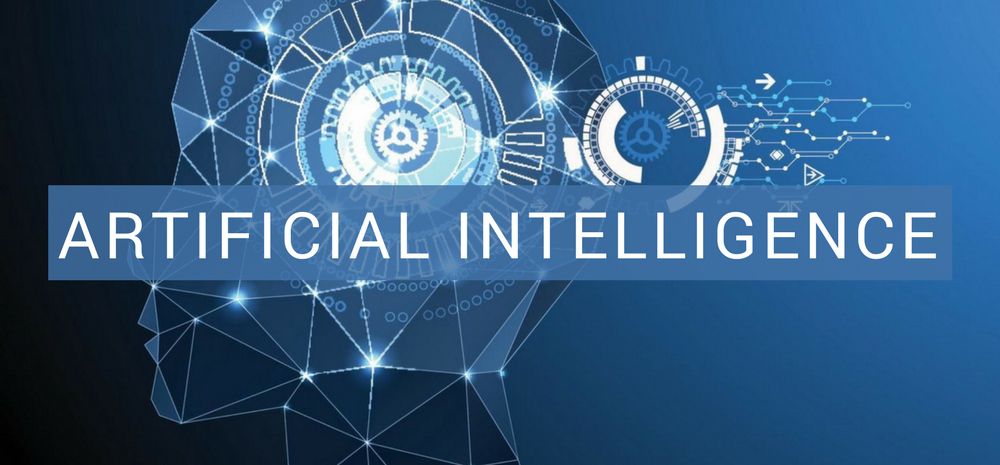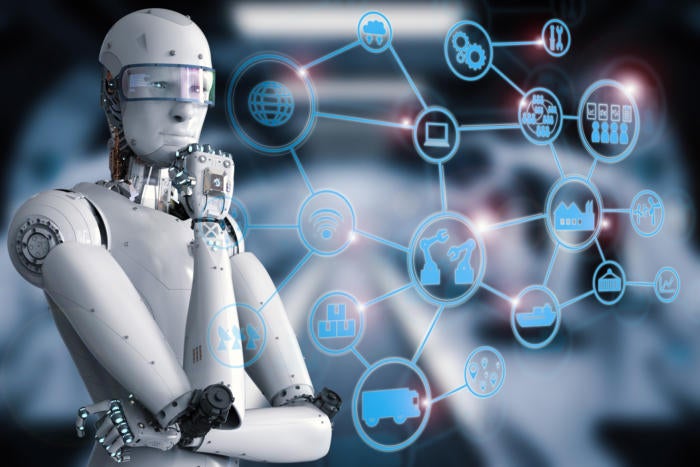By: Shaahil Abraham, BCA- 6th sem, 1st Shift
We call ourselves Homo sapiens—man the wise—because our intelligence is so important to us. We have always tried to understand how we think. How is it possible that a handful of matter can be perceived understood predicted and manipulated in a world far larger and complicated than itself Today the main reason of boom in innovation is because of artificial intelligence which is working as a base.
WHAT IS INTELLIGENCE?
According to Jack Copeland some of the main factors of intelligence are: -
1.Generalisation Learning
Learning that enables the learner to perform better in the situation not previously encountered.
With Artificial intelligence more advanced Generalisation is common concept for example: one can’t make a computer understand what a dog looks like but one can make it learn but adding up characteristics thus any picture of dog can be understood by machine.
2.Reasoning
To reason is to draw conclusion appropriate to situation in hand.
Humans have an ability to question, to think logically and to be better in artificial intelligence as today’s scenario have shown that. IBM’s Watson is an example like humans it reads lots of information, recognises patterns and after reading it says it is ‘X’ % sure that this is the right answer.
3.Problem Solving
It is an ability to solve problems effectively and efficiently. For Example: Given such and such data, find “x”.
Problem: On holiday in Romania; currently in Arad. Flight leaves tomorrow from Bucharest. Find a short route to drive to Bucharest.
Formulate problem:
States: various cities
Actions: drive between cities
Solution: sequence of cities, e.g., Arad, Sibiu, Bucharest etc.
4.Perception
The definition of AI is based on the nature of the problems it tackles.
Perception involves interpreting sights, sounds, smells and touch. Action includes the ability to navigate through the world and manipulate objects.
For example: Self-driving cars.
5.Language Understanding
It is a process of understanding language by following syntax and rules like a human being. The field of language understanding involves making computers to perform useful tasks with the natural languages humans use. The input and output can be: -
•
Speech
•
Written Text
WHAT IS ARTIFICIAL INTELLIGENCE?
AI (Artificial Intelligence) is a machine with the ability to solve problems that are usually done by us with our own natural intelligence. A computer would demonstrate a form of intelligence when it learns how to improve itself at solving these problems.
There are seven aspects of AI earlier at 1955, today there are many more.
The seven aspects are:
1.Simulating higher functions of human brain.
Brain simulation is a process of creation of computer-run model of brain neuron connections.
2.Programming a computer to use general language.
Process of programming a computer to adapt to any situations.
3.Arranging hypothetical neurons in a manner so that they can form concepts.
Setting up of (hypothetical) neurons to form concepts. So far partial results have been obtained but the problem needs more theoretical work.
4.A way to determine and measure problem complexity.
If we are given a well-defined problem (one for which it is possible to test mechanically, if a proposed answer is a valid answer), one way of solving it is to try all possible answers in order. This method is inefficient, and to exclude it one must some criterion for efficiency of calculation so far only some partial results on this problem have been obtained.
5.Self-improvement
An intelligent machine is that which will carry out activities which will enhance it, that is known as self-improvement
Self-improvement helps in analysing the errors and make sure that errors don’t repeat again.
6.Abstraction: It is the quality of dealing with ideas rather than events.
In artificial intelligence, abstraction is commonly used to account for the use of various levels of details in each representation language or the ability to change from one level to another while preserving useful properties. Abstraction has been mainly studied in problem solving, theorem proving, knowledge representation (for spatial and temporal reasoning) and machine learning.
HISTORY OF ARTIFICIAL INTELLIGENCE
In year 1941: Development of the electronic computer. Some trace the origin to John Atanasoff and Clifford Berry at Iowa State University
It required large, separate air-conditioned rooms and required separate configuration of thousands of wires. Data are fed into system by punched cards.
Dartmouth Conference (1955)
John McCarthy (“father of AI”) organizes conference. A month of brainstorming in VT Talent and expertise of others interested in machine intelligence. Biggest gain: field now called “Artificial Intelligence”.
List Processing language (LISP) (1958):
LISP language Developed McCarthy announces new development:
LISP language still used today is a choice among AI developers.
Start of DoD’s Advanced Research Projects (1958)
MIT receives 2.2-million-dollar grant from US govt. to research Machine-Aided Cognition (AI) from Department of Défense. US wants to stay ahead of Soviet Union
PROLOG Language (1989)
PROLOG Language revealed General logic programming language represented as facts and rules developed in France remains one of the most popular programming languages today.
AI-based hardware sells $425 million to company’s expert systems demand DuPont, General Motors, Boeing rely heavily on expert systems. Companies creates software that aids in producing expert systems.
ADVANTAGES AND DISADVANTAGES OF ARTIFICIAL INTELLIGENCE
Advantages
1. Minimum/no Errors:
Artificial intelligence helps us in reducing the error as it involves self-improvement mechanism which would help in minimising the errors as low as possible
2. Enhance Difficult Exploration:
Artificial intelligence and the science of robotics can be used in mining since mining companies always tries to focus on small improvement which separate a profitable operation from an unprofitable one.
3. Daily Application use:
Daily application involves activities that prove assistance to humans such as enabling low power mode or to enable don’t disturb mode when user get frequent calls Examples are Siri and Cortana
Disadvantages
1. High Cost:
Creation of artificial intelligence requires huge costs as they are very complex machines. Their repair and maintenance require huge costs. They have software programs which need frequent upgradation to cater to the needs of the changing environment
2. No vision
These days Artificial intelligence is script based thus it can’t perform as par as humans they will see, hear and work but can’t feel or think although experience are improving these days as AI is combined with machine learning ,Thus error rate are less
EXAMPLES OF ARTIFICIAL INTELLIGENCE ARE:
Machine learning
Machine learning is a method of data analysis that automates analytical model building. It is a branch of artificial intelligence based on the idea that machines should be able to learn and adapt through experience.
Another example includes: -
Computer vision, Natural language processing
Robotics, pattern Recognition, Knowledge Management etc.
TYPES OF ARTIFICIAL INTELLIGENCE
In terms of approach there are two types of Artificial Intelligence:
1.Weak AI
The principle behind Weak AI is simply the fact that machines can be made to act as if they are intelligent. For example: when a human player plays chess against a computer, the human player may feel as if the computer is making impressive moves. But the chess application is not thinking and planning at all. All the moves it makes are
previously fed in to the computer by a human and that is how it is ensured that the software will make the right moves at the right times.
2.Strong AI
The principle behind Strong AI is that the machines could be made to think if that is the case then it would think like human in every perspective
Since Strong AI is infant in recent years it has a promising future due to the recent developments in nanotechnology. Nanobots, which can help us fight diseases and make us more intelligent.
CONCLUSION:
In its short existence, AI has shown an immense amount of growth and potential. −AI has so many applications and can benefit the world in so many ways. It’s like a gift to mankind. But we cannot be blinded by its positives because nothing is entirely beautiful. Even AI has a grim side! Renowned scientist Stephen Hawking thinks “…success in creating AI could be the biggest event in human history, but could also be the last.
But at the same time AI is the main reason that we have an innovation in technology that at one time was just an imagination.
 Strong AI bots are creative and can generate new ideas on
their own while weak Ai robots are pre-programed and work accordingly as
programmed.
Strong AI bots are creative and can generate new ideas on
their own while weak Ai robots are pre-programed and work accordingly as
programmed.



























